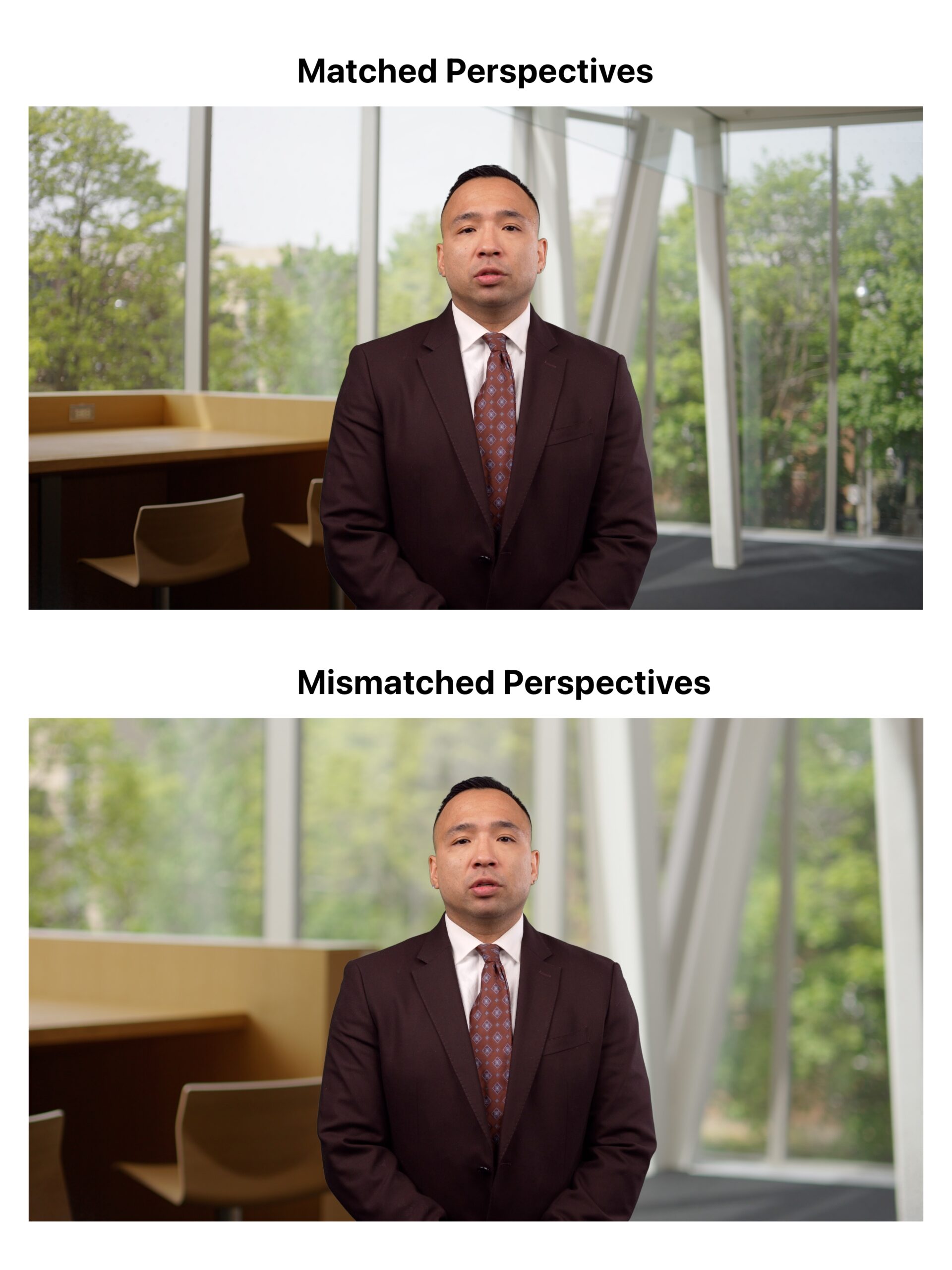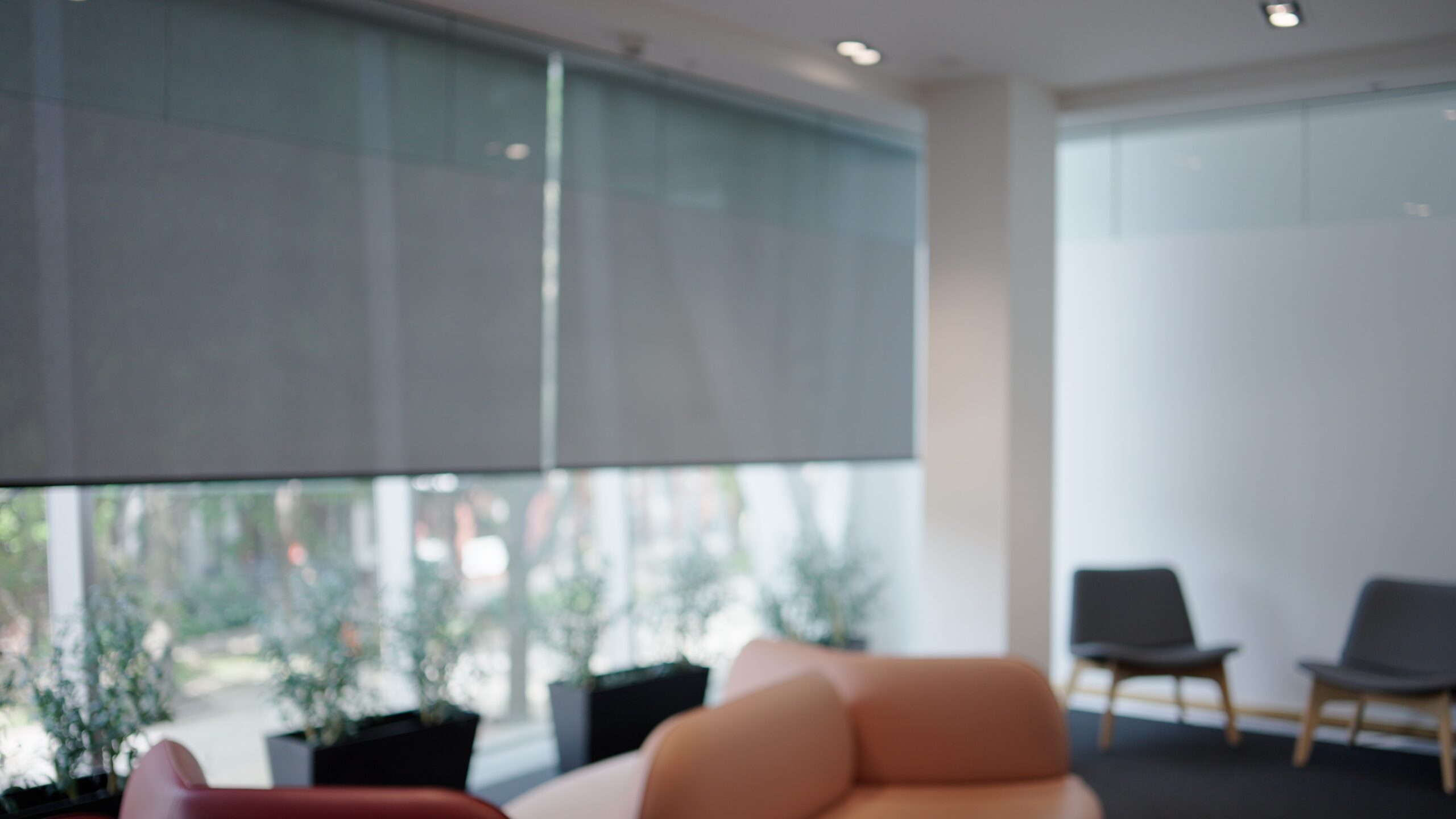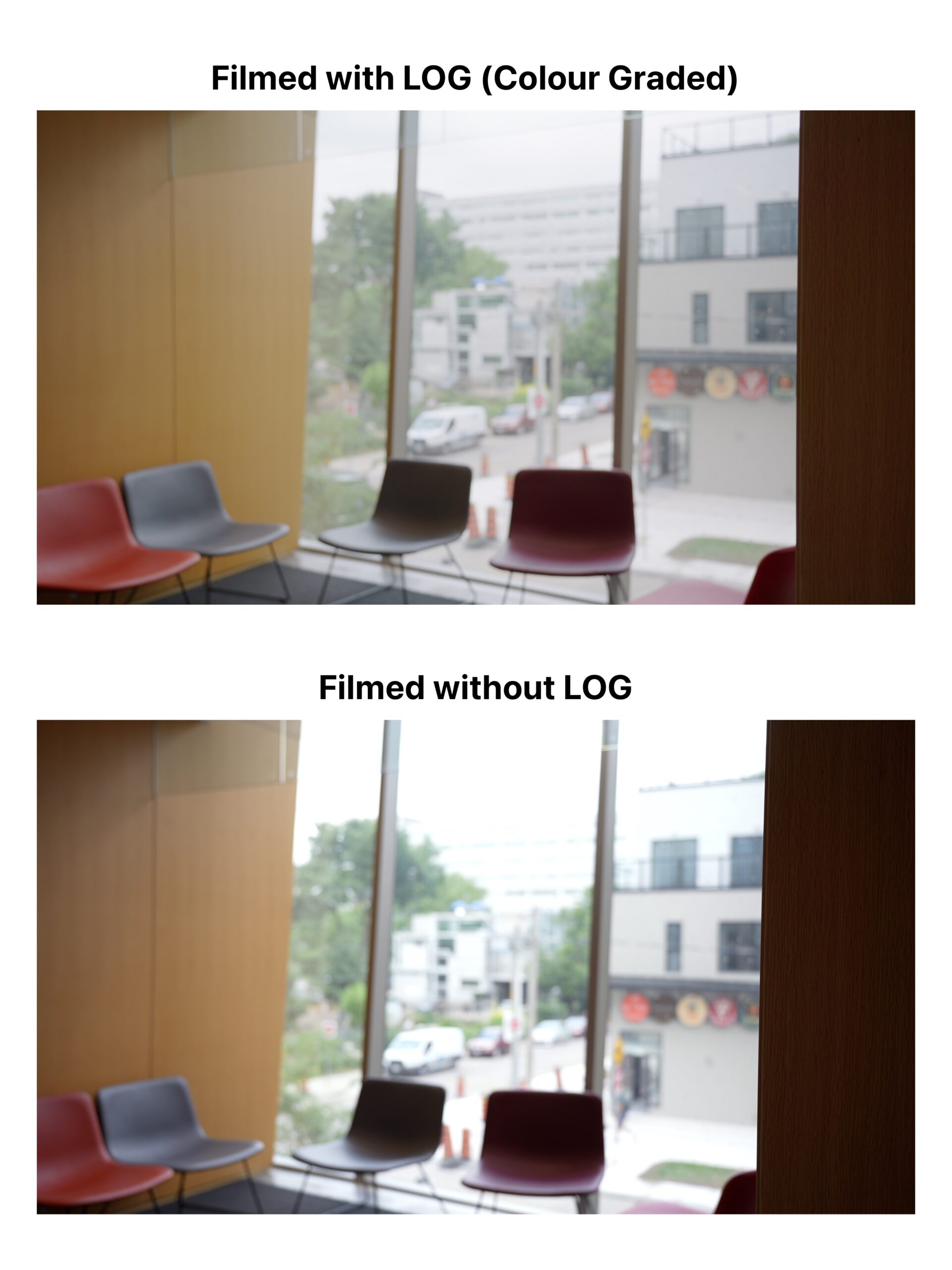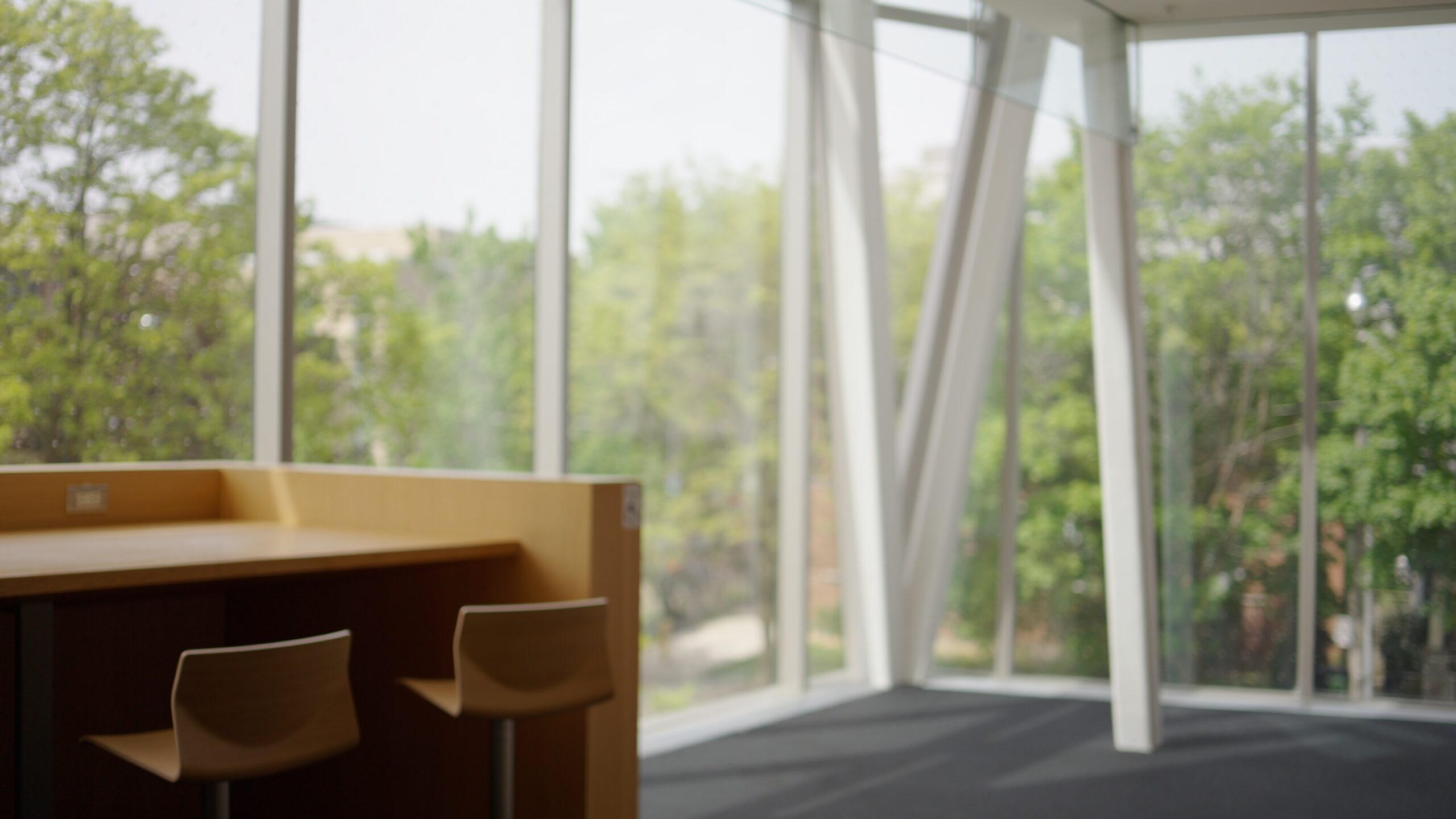Background
Talking head videos can be produced using a range of setups, including green screen when appropriate. This approach has been used for projects such as the Mining Industry Management Program and custom videos for FASE faculty members (WATCH).
Green screen filming is a powerful tool that allows us to place a person in virtually any environment. This method allows us to not only have full control over the sound and lighting of the video, but also and avoid interruptions during filming.
The background footage that gets inserted in post-production plays an important role in setting the tone, supporting the message and creating a polished final product.
Some key factors we consider when selecting/capturing backgrounds for our green screen videos include (jump to):
- Assess video footage vs still image
- Get the perspective right
- Be mindful of high dynamic range
- Examples: capture visually pleasing backgrounds
Assess video footage vs still image
You may wonder if there are any reasons to use a video background footage rather than just a still image of the background. There are pros and cons to each, and both have been used by professionals.
Video footage
Pros:
Using motion backgrounds allows for subtle visual depth, like swaying trees or distant movement, while delivering a polished and professional look that blends seamlessly with the subject captured in front of the green screen.
Cons:
Time and skill are required to remove distractions and create loopable footage, which can result in large file sizes.
Still image
Pros:
Still images offer small file sizes for easy storage and editing, can be extended indefinitely in post-production, and are simple to clean up using standard photo editing tools without extra costs.
Cons
They can look flat and unrealistic due to the absence of motion and digital noise, and often don’t blend as naturally with green screen footage, making the background appear more artificial.
Get the perspective right
To ensure the background footage blends seamlessly with your subject, it’s important to match the focal length, focus distance, and camera height; otherwise, background elements may appear out of proportion and reveal the illusion.
When we shoot green screen footage in the ETO Studio, we record with a 35mm focal length. The subject is usually about 69 inches from the camera sensor and the camera is about 5 feet and 5 inches from the floor.
We can then record the background footage and match the measurements we used in the studio. In our experience, it’s easier to record the background footage after the green screen footage, for this reason.

Be mindful of scenes with a high dynamic range
If you’ve tried taking a selfie with bright sunlight streaming through a window behind you, you may have noticed that you were either shrouded in shadow or that the window became a blazing white void, completely obliterating any outdoor detail.
This is known as high dynamic range, which refers to scenes containing both very bright and very dark elements. While our eyes allow us to see these extreme contrasts simultaneously, camera sensors face significant limitations—they can either preserve the darker elements or the brighter regions of the scene, but not both.
Note that scenes with high dynamic range are not inherently undesirable. In fact, they often produce more visually striking and aesthetically pleasing results—you just need the right camera equipment, camera settings, and post-production.

The foundation to capturing high dynamic range lies in the LOG shooting profile, which is a setting available in many professional cameras that “squishes” the very bright and very dark elements into the limited available dynamic range of the sensor to preserve those extremes as much as possible.
The resulting raw footage will look washed-out and have very little contrast:

However, with proper colour grading, the final result is a background that looks a bit “cinematic” and is similar to what our eyes can see—preserving the bright and dark regions. In the below comparison, the sky, buildings and sidewalk (bright regions) are fully captured in the LOG footage, while they are blown out in the non-LOG footage:

We recommend avoiding recording in locations with high dynamic range all together. For example, avoid recording an indoor scene where a window with bright light is visible.
That said, a scene with minimal dynamic range is also not recommended due to a lack of contrast (e.g., a blank white wall). Ideally, you would want to find a scene with elements in the back that help add to the overall visual aesthetics without it being too distracting.
Examples: capture visually pleasing backgrounds
Aesthetics are subjective, but there are common elements that would make a background look polished and modern. Let’s take a look at two backgrounds that ETO has shot.
Bahen lecture hall

The two elements that stood out to us in this scene are the geometry and colours. Studies have shown that the human eye has a preference for curves and this scene has multiple subtle curved elements that gracefully emerge from the right frame edge, guiding viewer attention toward the left side.
These curvatures create natural visual pathways that instinctively guide viewers’ eyes toward the centre, where the primary subject will be.
The curved lines are further complemented by the mahogany slat wall, which establishes a rather classic and elegant aesthetic through its warm and inviting tones that are suitable for graduate-level and management-level course content.
Since this background was shot for MIMP’s Construction and Development course , the row of chairs on the bottom left provides a subtle visual cue of a university lecture hall without overwhelming the primary content.
Robarts Commons

This was a scene with a high dynamic range that was made possible with the aforementioned LOG profile.
The highlight of this background is the harmony between the modern architecture and the natural greenery. The floor-to-ceiling windows provide a nearly unobstructed view of the canopy outside while saturating the interior with abundant natural daylight. Coupled with the white frames that suggest a modernist architecture design, this background creates a sophisticated yet uncluttered aesthetic that works well for educational content targeted towards working professionals (as is the case for MIMP courses).
Since this is a video background (as opposed to a still image), the trees outside have organic movements that adds subtle visual interest that keeps the background from appearing static, making it perfect for longer talking head segments where viewer engagement is crucial.
Lastly, the chairs and table on the left provide a nice visual accent with the wood material’s warm colours, complementing the greenery outside and creating an overall cohesive composition.
Want to produce background footage for green screen use? The ETO can help!
If you want guidance on producing your own background footage or want the ETO’s help on it, contact us at fase.edtech@utoronto.ca. We’d love to help!
References
Gambino, M. (n.d.). Do Our Brains Find Certain Shapes More Attractive Than Others? Smithsonian magazine. https://www.smithsonianmag.com/science-nature/do-our-brains-find-certain-shapes-more-attractive-than-others-180947692/